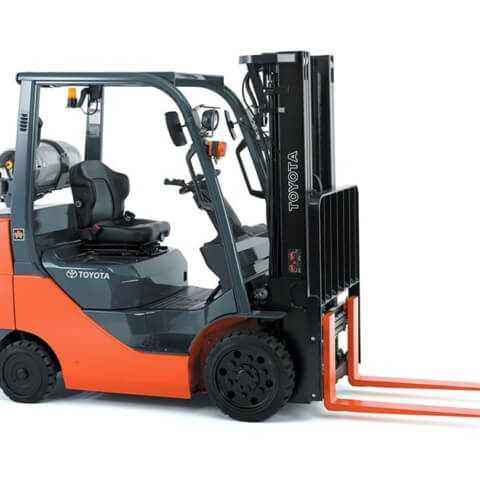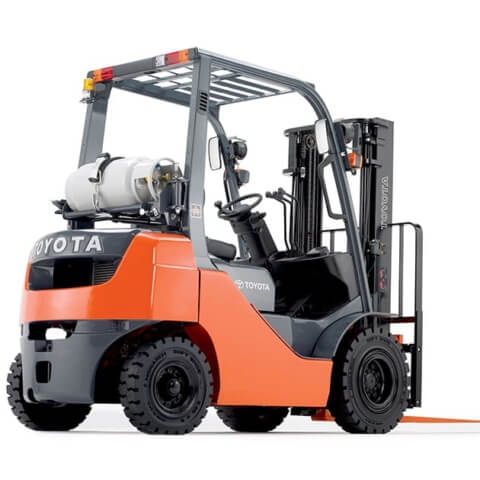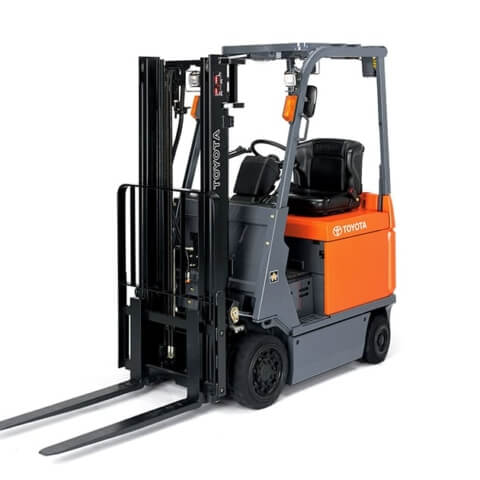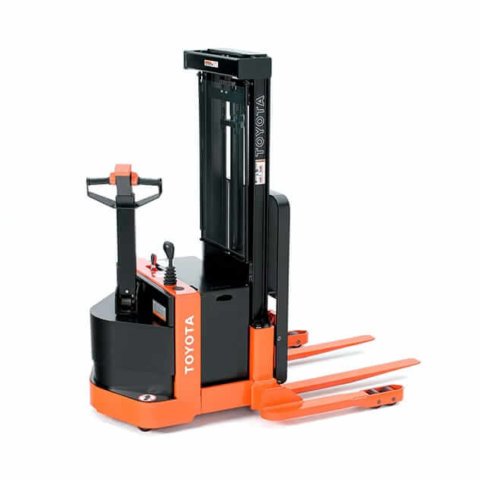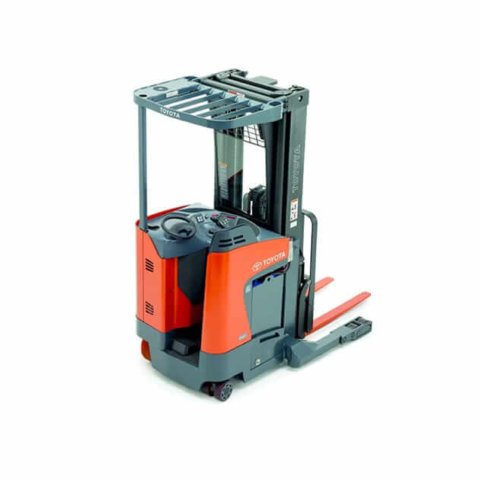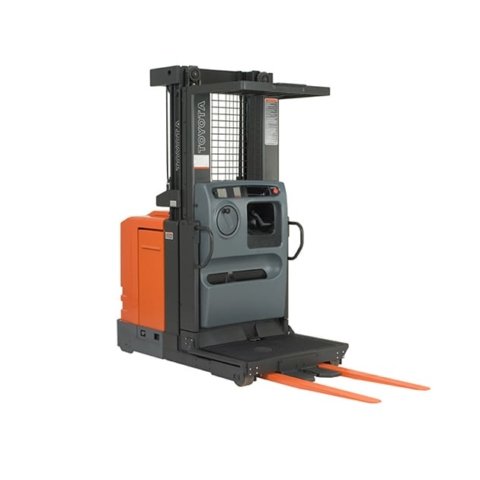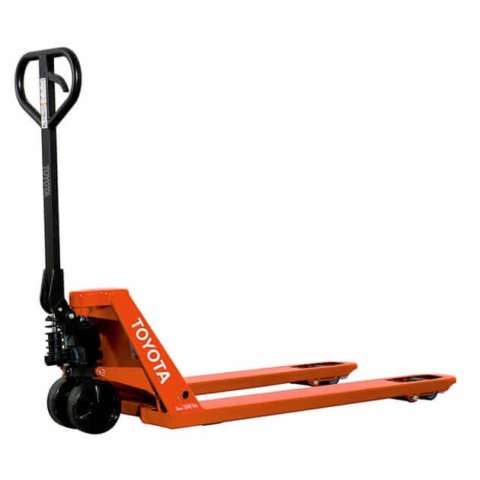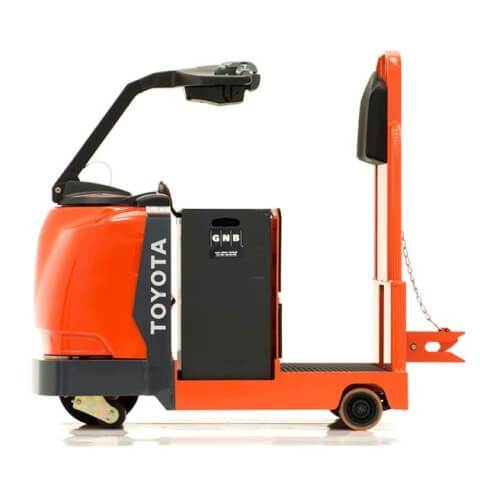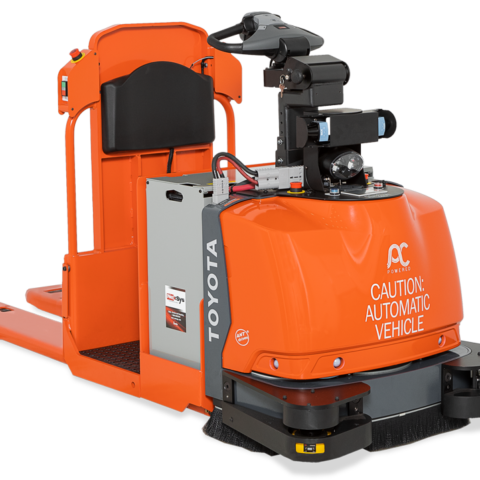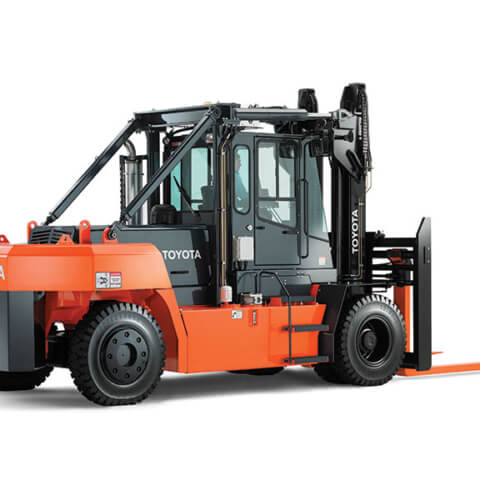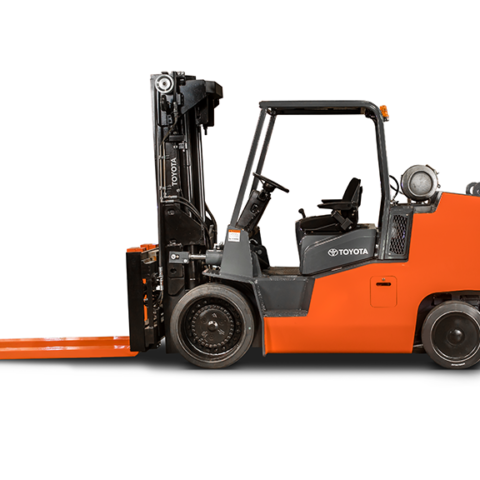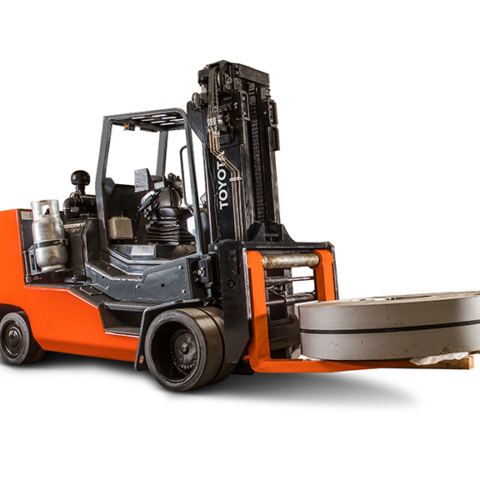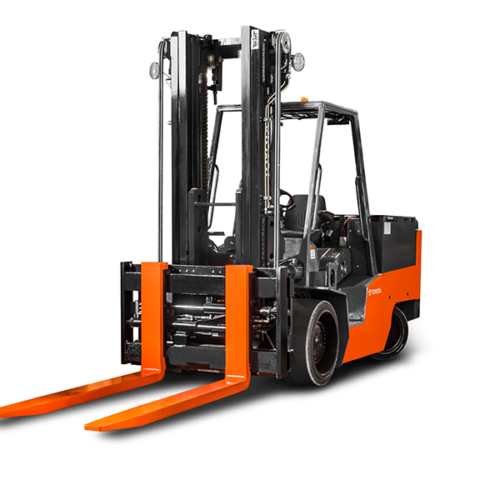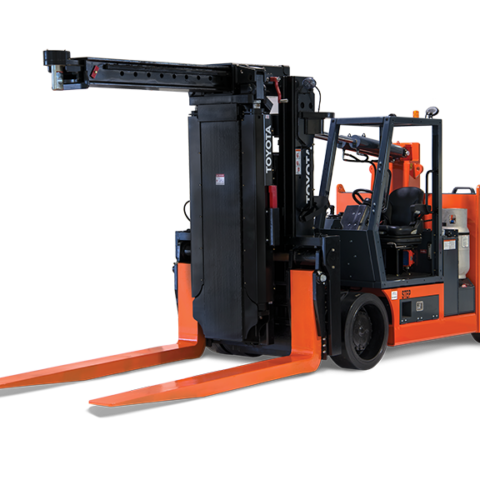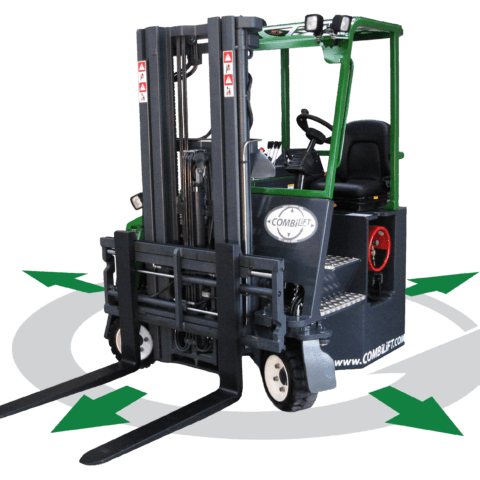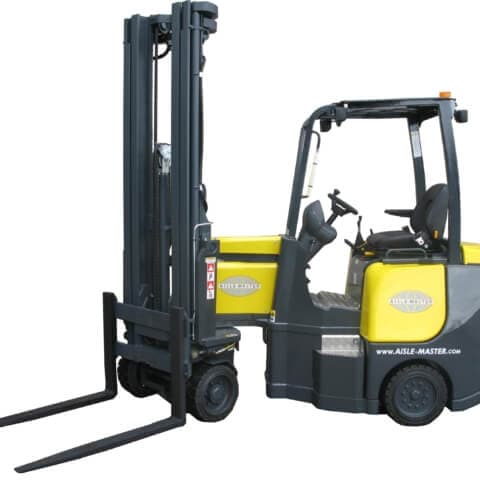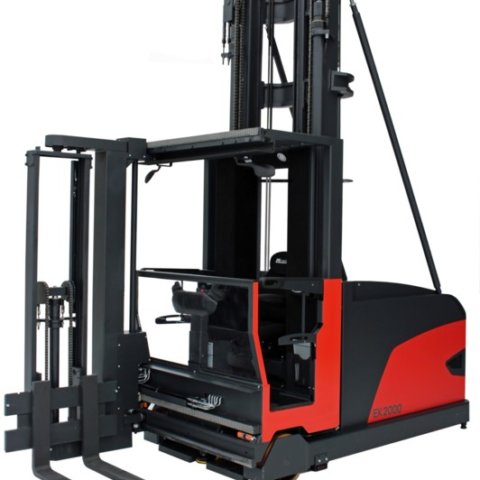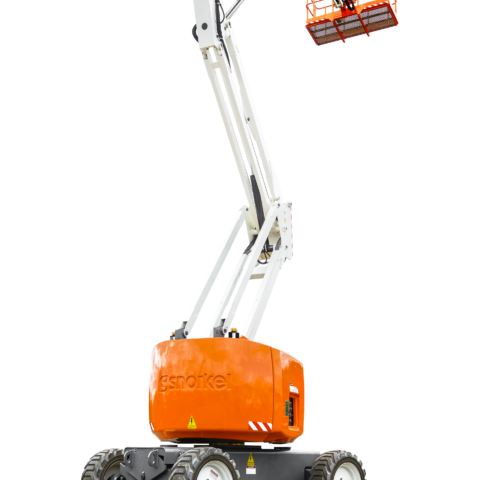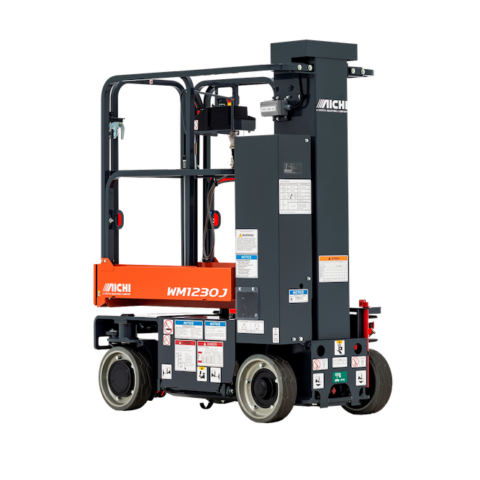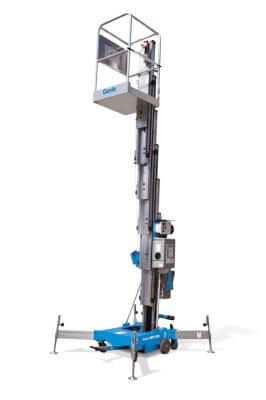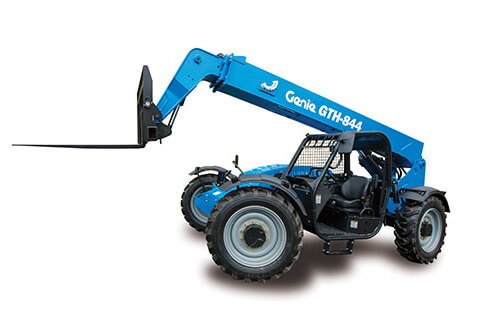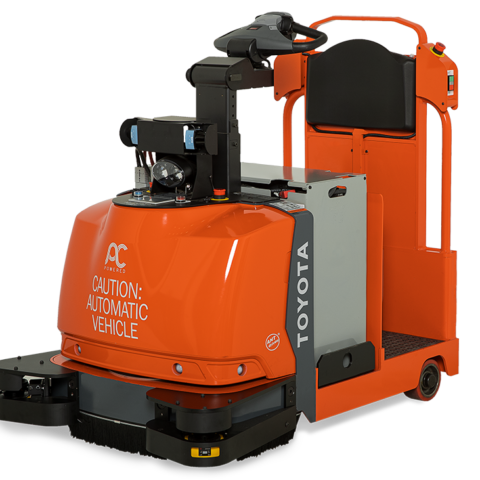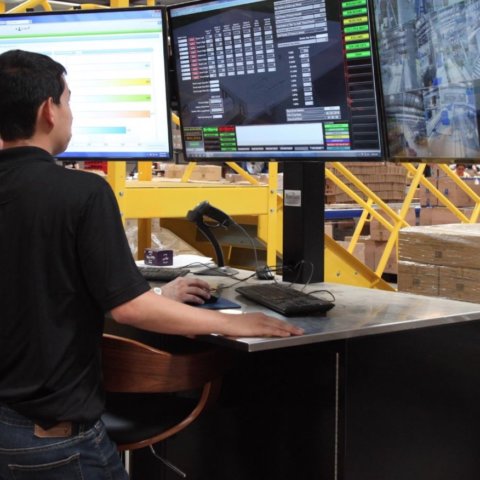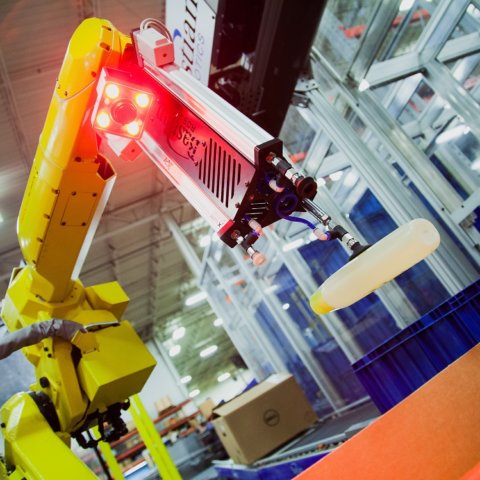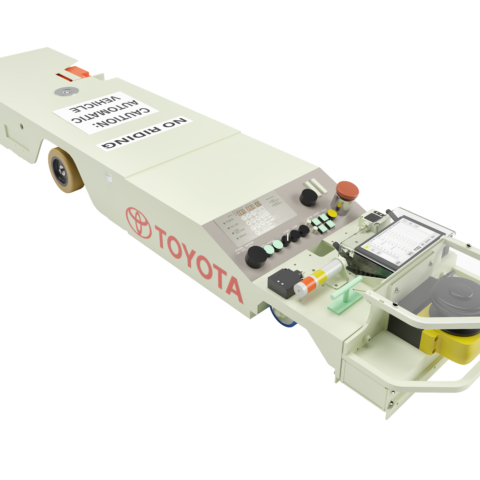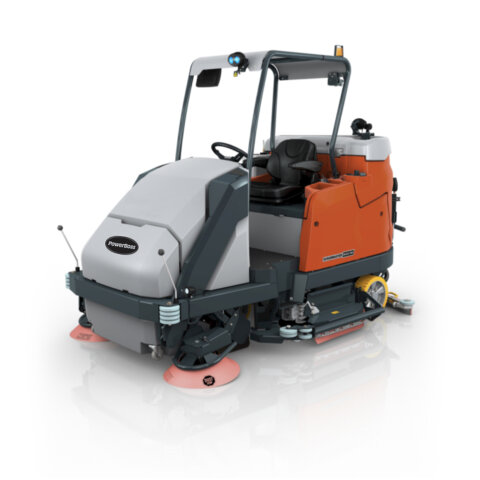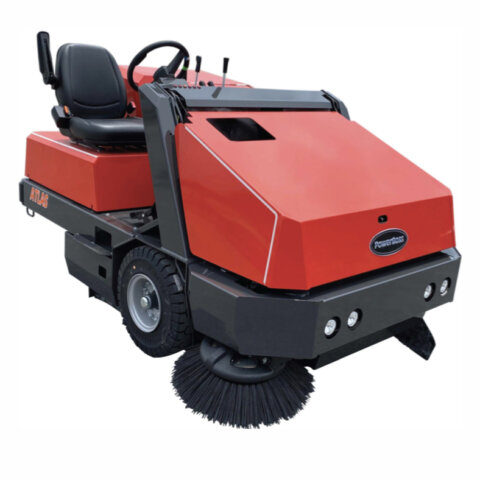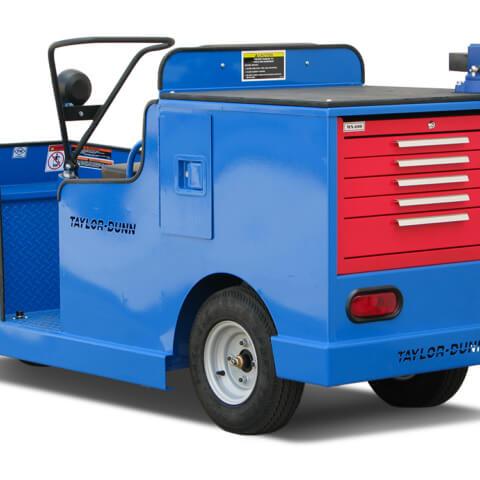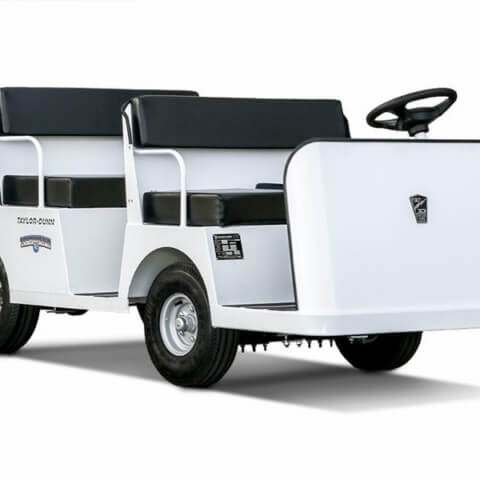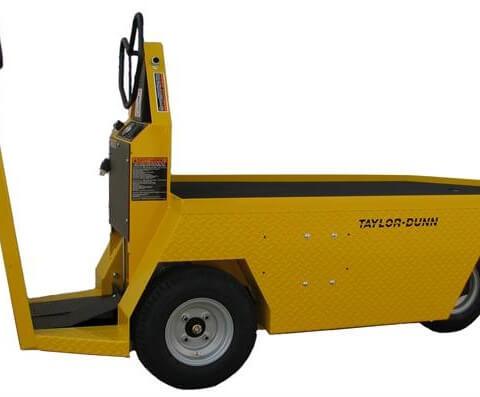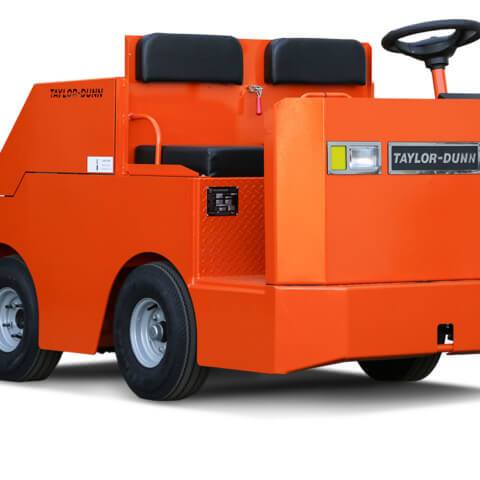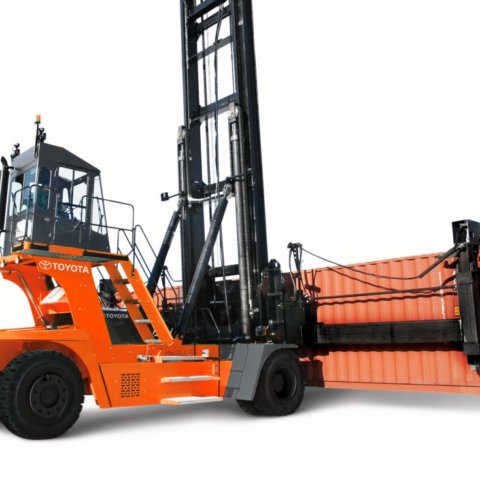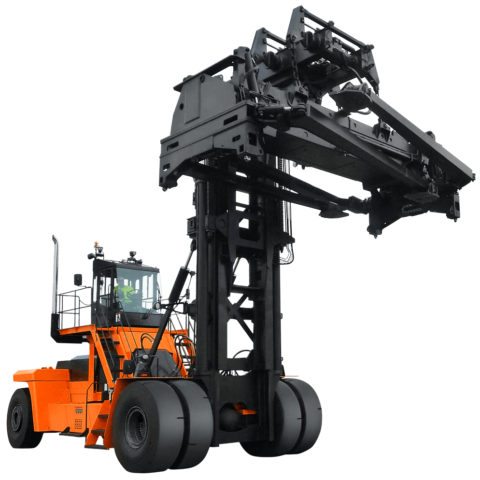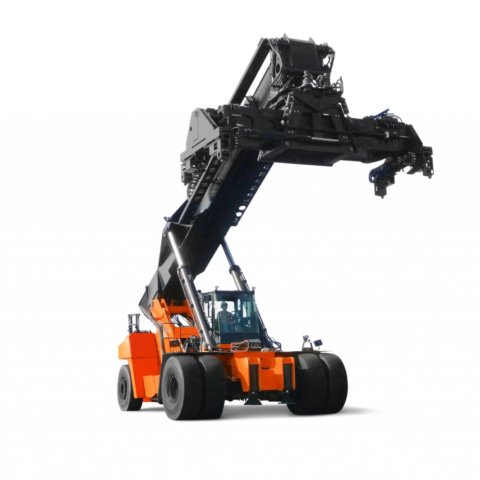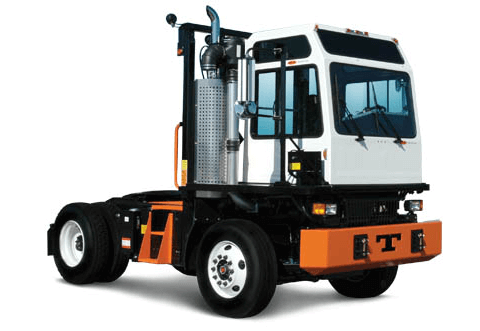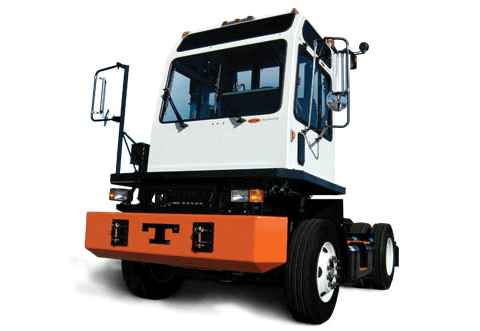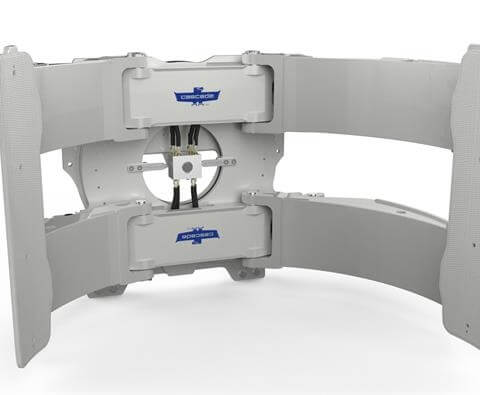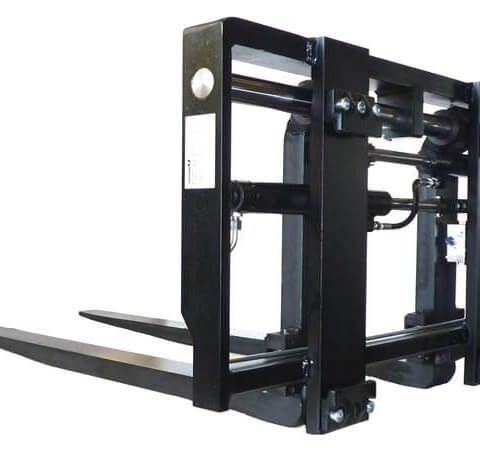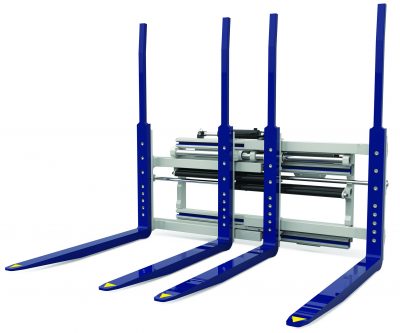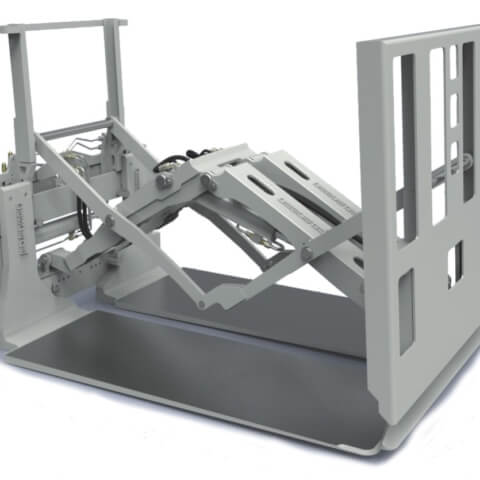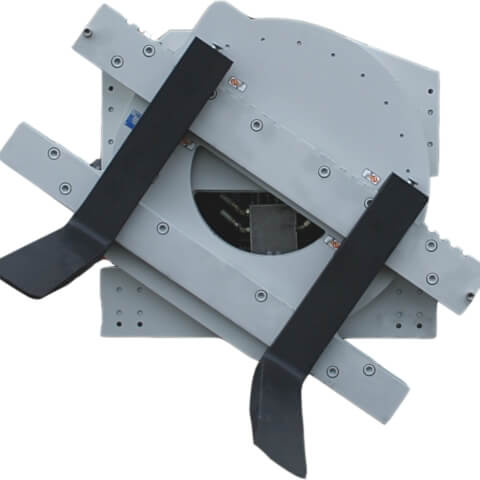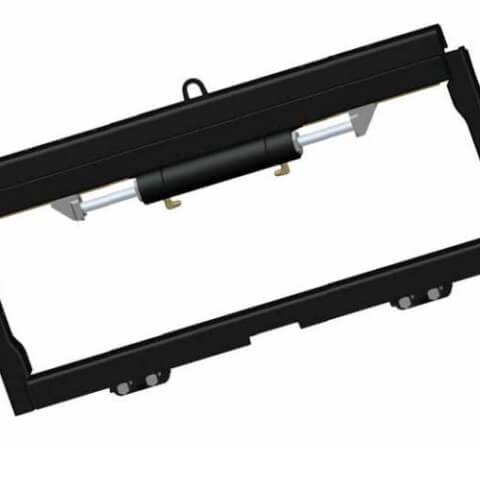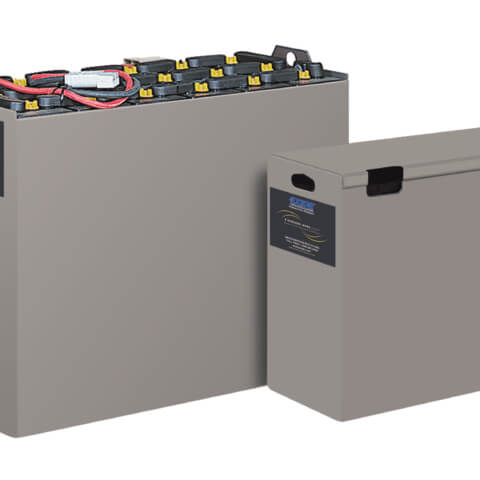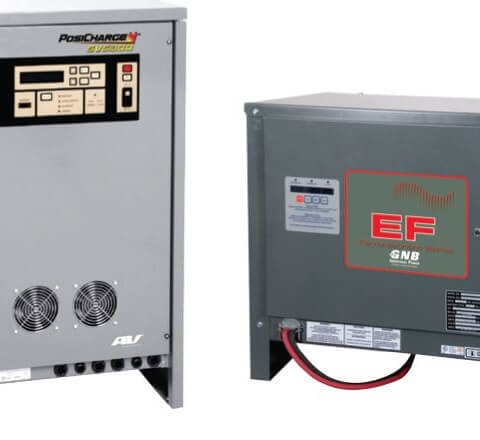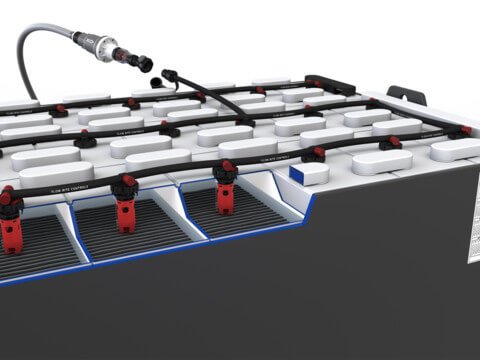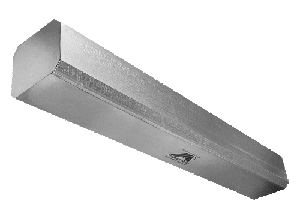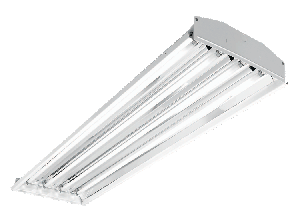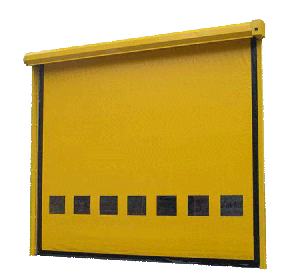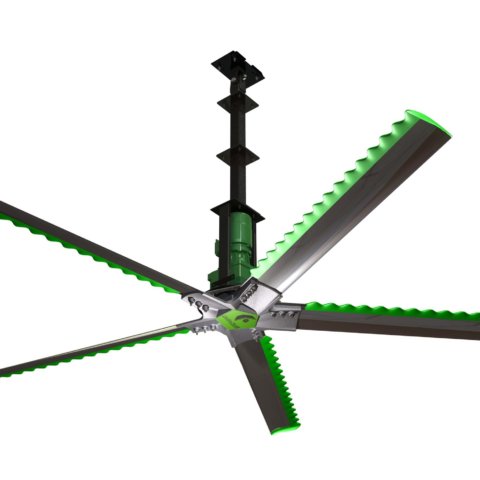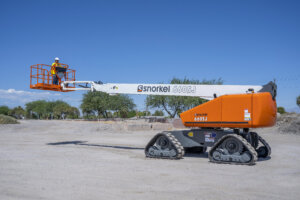
Choosing the right aerial lift can often feel like guesswork, with choices made based on previous models, what’s available in a dealer’s rental or used fleet, or even a hunch. However, incorrect equipment choices can lead operators to devise makeshift solutions that may compromise safety.
Think back to your last aerial lift choice – what key parameters influenced your decision?
Evaluating the Aerial Lift Work Site
Aerial lifts are versatile and come in diverse models. It’s essential to understand that one type of lift won’t be a universal solution for all tasks. Therefore, you must analyze the work site and understand the application requirements. Essential considerations include not only the lift’s reach but also its ability to navigate from the delivery truck to the work site. Key factors to take into account include aisle-ways, elevators, slopes, surface conditions, turning radius, access to power sources, and the size and weight of the loads the aerial lift will handle.
Taking Accurate Facility Measurements
Leverage tools like tape measures or ultrasonic distance meters to accurately gauge aisle widths and the heights of doorways that your aerial lift will need to navigate. Without such tools, you can estimate height by counting cinder blocks from the floor to the ceiling. Each cinder block, typically 8″ tall with a mortar joint, can provide an accurate height approximation.
It’s also critical to ascertain the ‘up and over reach’ of the aerial lift. The majority of scissor lifts come with a 3′ (or larger) deck extension, enabling the machine to rise above the structure, extend the deck, and achieve up and over reach. Articulated boom lifts, characterized by multiple elevated boom sections, present pivotal height specifications. This key parameter indicates the height at which an operator can pivot over an obstruction.
Understanding Aerial Lift Platform Height and Working Height
Given the variations in manufacturer information, it’s crucial for operators to comprehend the differences between aerial lift platform height and working height. The platform height signifies the maximum elevation to which an aerial lift can elevate an operator’s feet. Conversely, the working height is defined as 6′ above the platform height. Many scissor lifts specify the maximum platform height and width within the model number, whereas boom lift models may indicate platform height and horizontal reach.
Additional Aerial Lift Factors to Consider:
- Fuel Source – Most batteries offer approximately 4 hours of operation time. Once depleted, they necessitate an 8-hour charging period. For multi-shift operations, consider alternative fuel sources like LP.
- Floor Conditions – Take into account any slopes or inclines the aerial lift must navigate. The equipment spec sheet will house the gradeability ratings. Additionally, assess whether the floor surface can sustain the lift’s weight.
- Lift Capacities – Aerial lifts express load capacities in two ways: the weight of personnel, tools, and materials, and the maximum number of individuals permitted on the platform. Neither limit should be exceeded.
Selecting the incorrect aerial lift for the task can increase the risk of accidents. Collaborate with our equipment specialists to determine the ideal aerial lift for your specific application.
Contact Equipment Specialist
